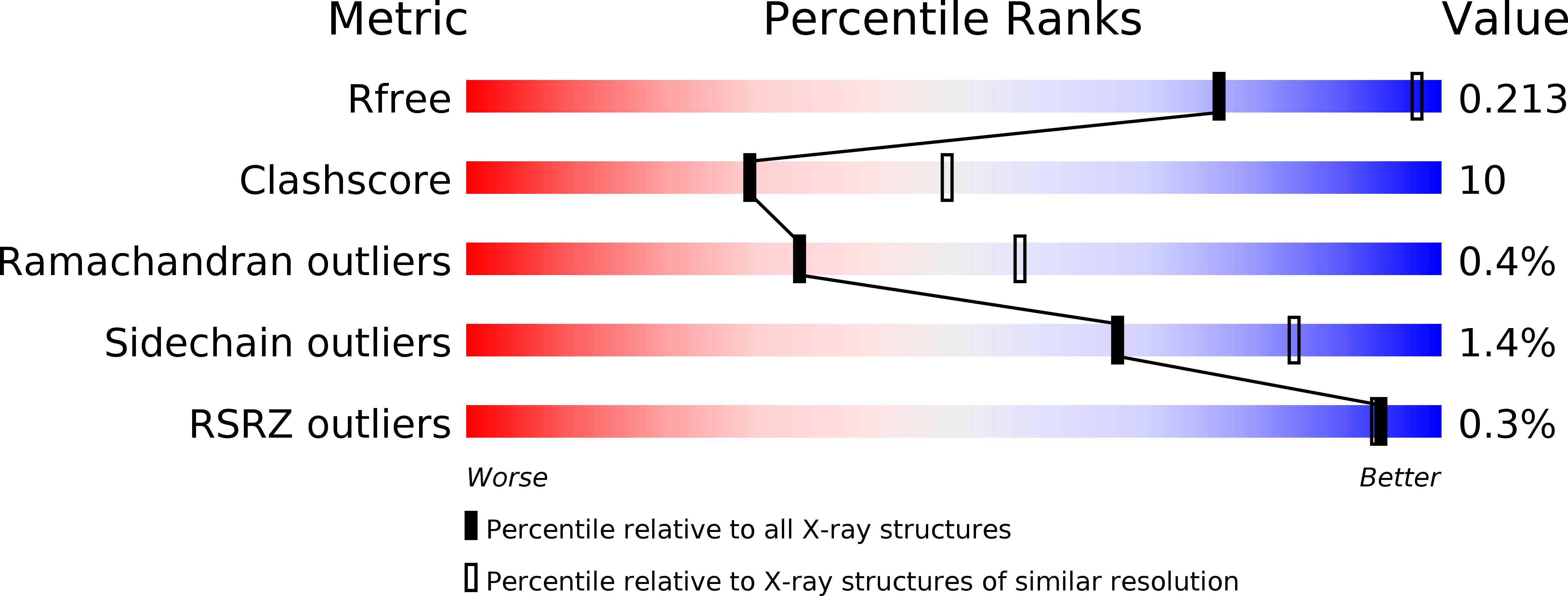
Deposition Date
2004-02-06
Release Date
2004-06-08
Last Version Date
2023-08-23
Entry Detail
PDB ID:
1SA5
Keywords:
Title:
Rat protein farnesyltransferase complexed with FPP and BMS-214662
Biological Source:
Source Organism:
Rattus norvegicus (Taxon ID: 10116)
Host Organism:
Method Details:
Experimental Method:
Resolution:
2.60 Å
R-Value Free:
0.22
R-Value Work:
0.18
R-Value Observed:
0.18
Space Group:
P 61


